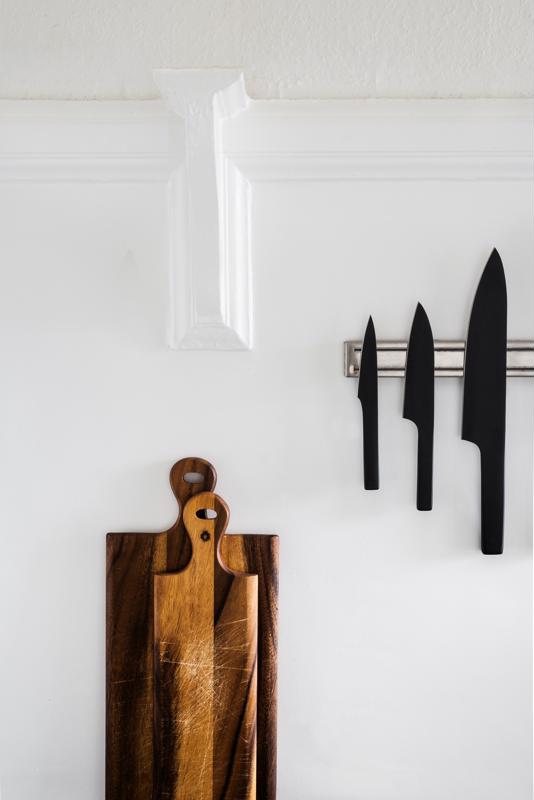Budding chefs can become enamored with cooking utensils, like their first set of high-quality knives or a cast-iron skillet. But it’s important for culinary students in Boulder to remain open to multiple tools with which they can hone their culinary skills.
Every chef has a preferred kitchen utensil, and chefs often favor the most versatile options, as Food Network demonstrated when it asked 50 top chefs for their most treasured tools. Sometimes, something underrated can be the best kitchen tool; consider these four to push your cooking skills to the next level:
Y-peeler
“I use my Kuhn Rikon peeler for anything and everything I peel or shave at home. I couldn’t easily live without it,” chef Bruce Sherman, of the North Pond restaurant in Chicago, told Food Network.
It’s easy to see why Sherman loves his Y-peeler, also called a Swiss vegetable peeler, so much. This unassuming tool can slice through potatoes, apples, cheese, ginger, squash and many other items. The results give you ultra-thin, unbroken sheets that are simple to work with.
 Branch out from your typical knives and peelers and experiment with a Y-peeler.
Branch out from your typical knives and peelers and experiment with a Y-peeler.Cheese slices made with the Y-peeler melt more easily than if you had cut them with a knife, Epicurious pointed out. Potato slices made the same way are the perfect thinness to be fried into quick, homemade chips.
Aside from its ease of use and ideal results, one of the perks of the Y-peeler is how simple it is to clean. While bits of cheese will get stuck in the crevices of box graters and microplanes, little is left behind on this peeler’s blade, and anything that is can be wiped away.
Pressure cooker
The pressure cooker was invented by French physicist Denis Papin in 1679 and was readily adopted into many kitchen routines around the world, according to DiscoverPressureCooking.com. Over time, pressure cookers have evolved (Papin’s invention was called the “steam digester”), and today’s models are not only very safe, but also incredibly convenient and versatile.
Using this tool, cooks can quickly make roast chicken, baked bread, cheese dip or boiled eggs, Lifehacker pointed out. They can also be used as rice cookers or pressure canners.
The right blender
An excellent blender will have the power to pulverize peanuts into peanut butter, turn baked squash into soup and whip up a healthy smoothie, but a poor-quality model will struggle with these tasks. Before you invest in a blender, review the motor wattage and the amount of food or liquid it holds.
The right blender may depend on your application. An immersion blender is highly versatile, allowing you to blend anything that’s already in a container. That means you can boil your squash or tomatoes, then blend them right in the pot for a hearty soup, or mix up some oil, vinegar and spices, then use the immersion blender to bring together a nice salad dressing. They’re also simpler to clean than a model that uses a carafe and motor base.
On the other hand, a high-quality stand blender can cut through ingredients better than the average immersion blender. Carefully weigh your options and consider your most common applications before you invest in your blender.
Digital scale
A digital scale is a necessity for pastry chefs, but they also come in handy for chefs of all disciplines. The weight of your ingredients makes a big difference in the outcome of your creations, and volumetric measurements can’t always be relied on, culinary consultant Marc Matsumoto wrote in an article for PBS Food.
Though often used by pastry chefs to measure flour, water and sugar, digital scales can add more accuracy (and better flavor) to things like a simple cup of coffee or a pot of pasta, Bon Appetit elaborated. Use it to measure meats before you begin cooking, especially if you’re pre-portioning your ingredients to make items like sliders. Variations in portion size for dishes that should be more or less identically portioned can have a poor presentation.
Throughout your culinary education, you’ll be introduced to these excellent tools and more. Find which ones work best for you and learn to make the most of it; your skills can improve with practice and experimentation.




